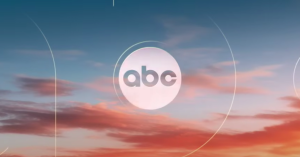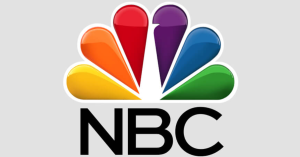A week after the $600 weekly unemployment benefit officially expired, the self-imposed deadline to approve another stimulus package has arrived. With millions of Americans currently out of work, with little clue as to what they can expect regarding benefits, many have been left wondering what they need to know should enhanced unemployment benefits be extended in the next relief bill.
At this time, there are several different proposals on the table. An extension of the $600 weekly benefit, which was approved under the CARES Act, has been supposed by Democrats, who have remained steadfast in the belief that the amount needs to be renewed in full. Republicans, meanwhile, have conflicting viewpoints, with some wishing to see the benefit completely neglected. In the GOP’s official proposal, meanwhile, the benefit would be reduced to $200 weekly through September, after which a new formula would cap benefits at 70% a person’s wages before they lost their job.
Videos by PopCulture.com
Although it remains unclear what a final deal regarding benefits will shape up to look like, the topic remaining a sticking point amid negotiations, it seems likely that enhanced benefits will last at least throughout the remainder of 2020. If Democrats get their wish, the benefit will last until March 31, 2021.
It is also possible that Americans on unemployment can expect to receive that federal boost to benefits retroactively. Speaking with CNBC, Stephen Wandner, a senior fellow at the National Academy of Social Insurance, explained that he “would expect that it will be retroactive and the state unemployment insurance agencies will have to pay people for the missed weeks.” He added that “legislation on unemployment insurance has always been effective upon enactment, and there have been retroactive provisions before.”
In fact, under the CARES Act, the $600 benefit was retroactive. The Department of Labor specified that “as states begin providing this payment, eligible individuals will receive retroactive payments back to their date of eligibility or the signing of the state agreement, whichever came later.”
With that benefit officially expired, however, the 32.1 million Americans receiving unemployment benefits as of July 18 will likely have to wait weeks to receive renewed enhanced benefits. After the initial benefit was approved, it took about a month before all 50 U.S. states and the District of Columbia began administering the $600 benefit. This means that if a deal were reached today and signed by President Donald Trump next month, the enhanced benefits would not likely start occurring until mid-September, though no official timetable has been laid out.









